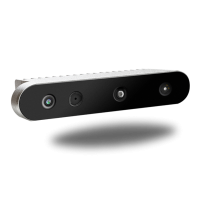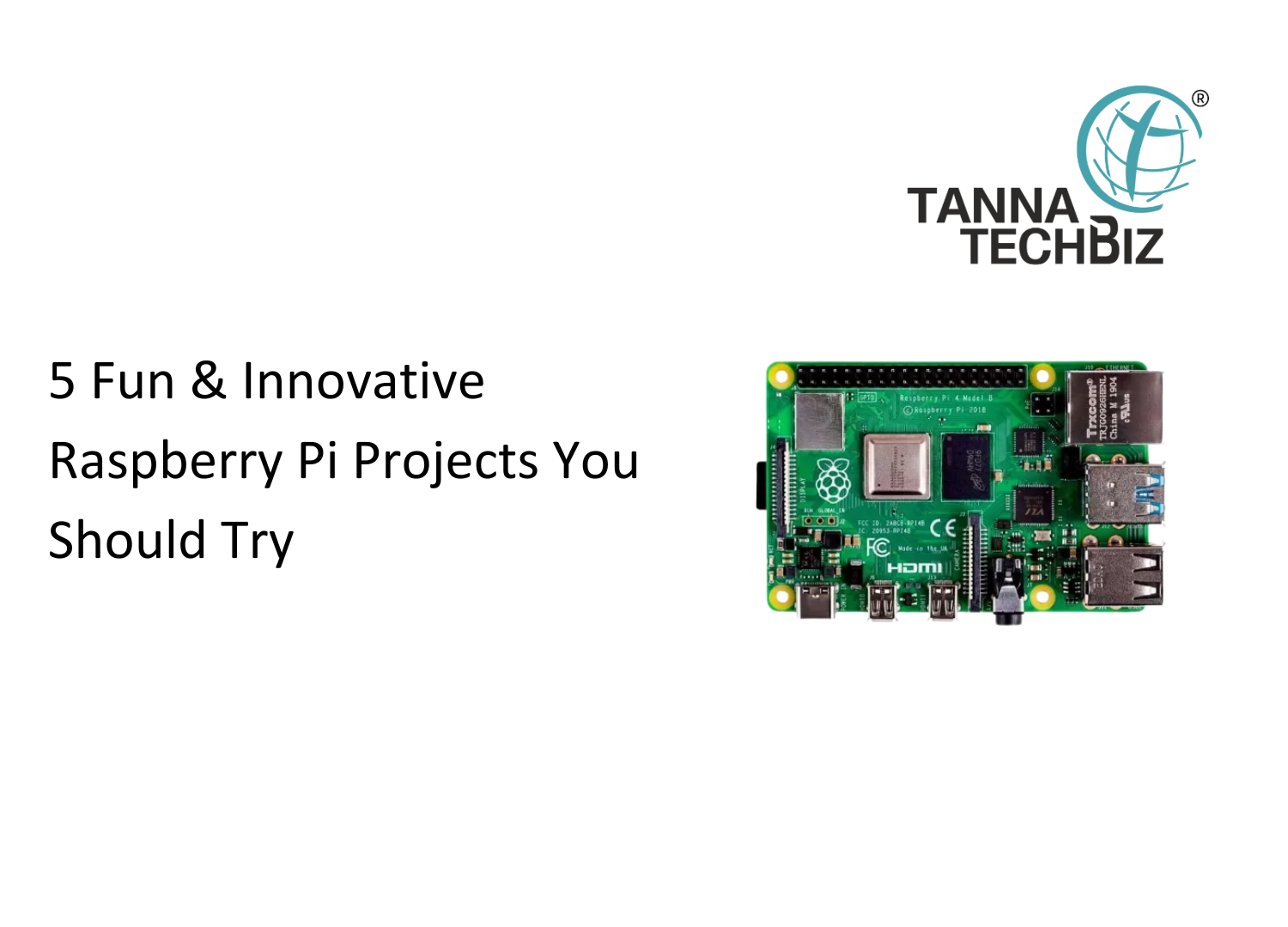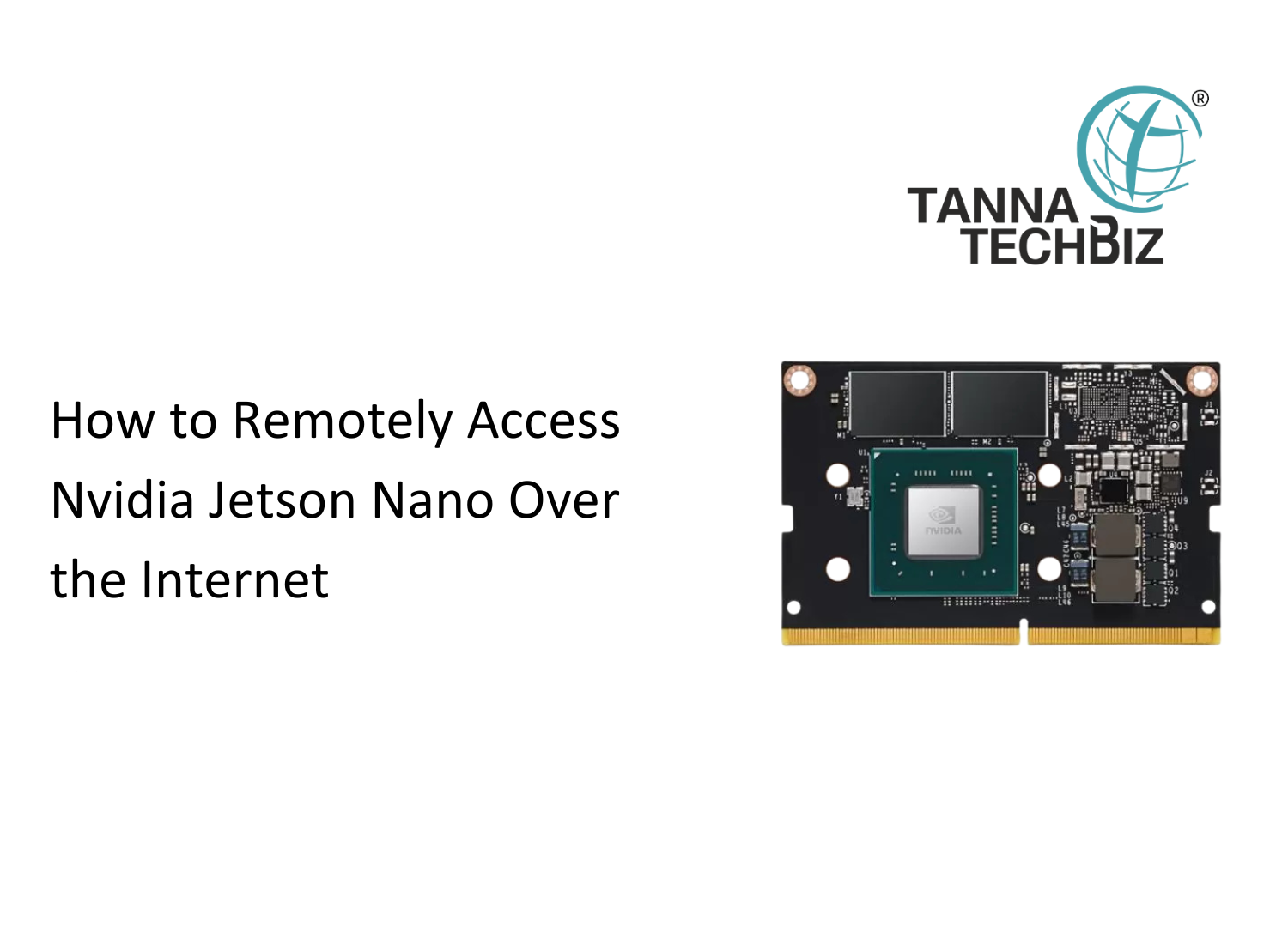Unveiling the YDLIDAR HP60C: The Future of 3D Imaging and Robot Navigation
June 19, 2024 247
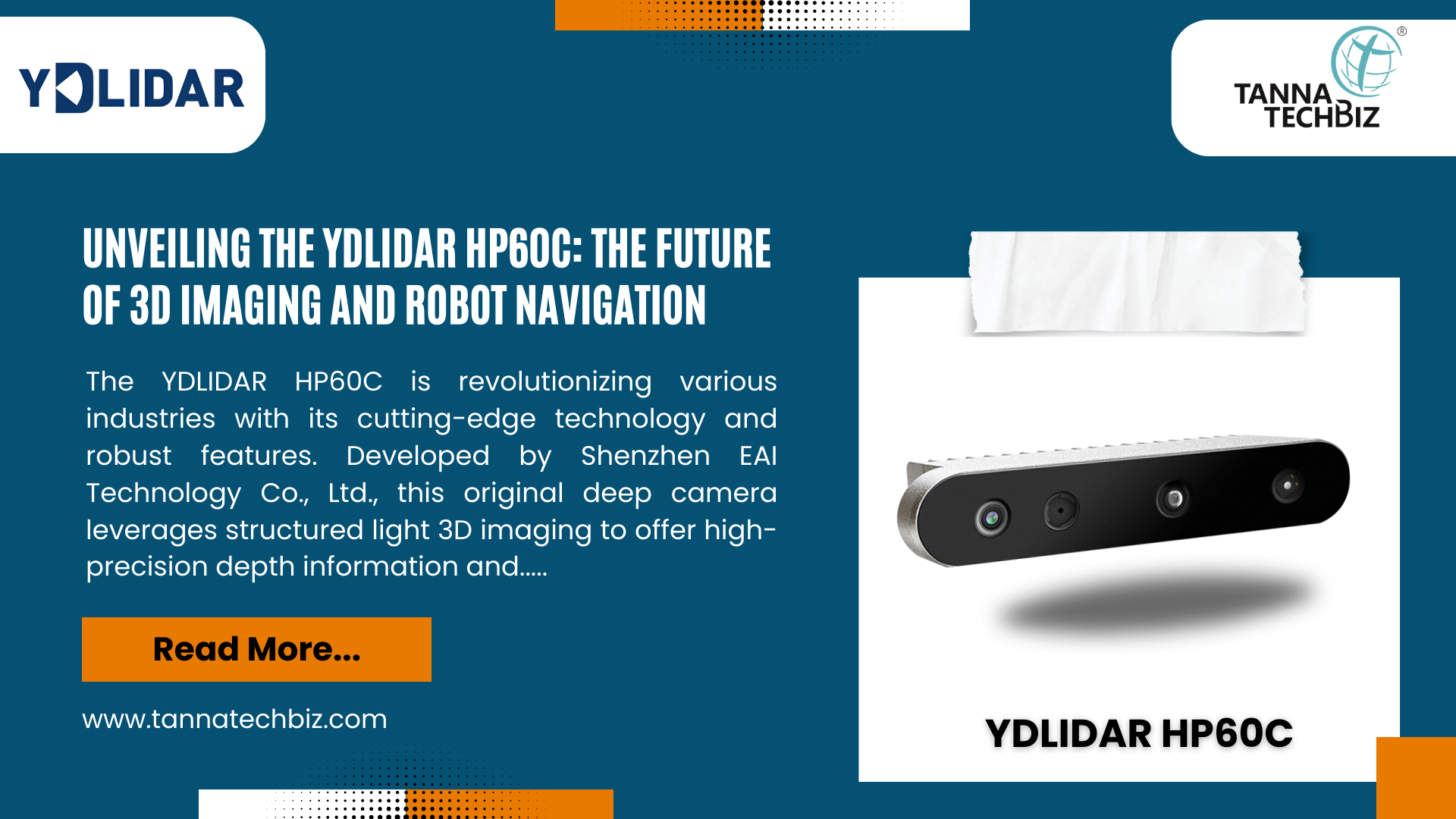
Unveiling the YDLIDAR HP60C: The Future of 3D Imaging and Robot Navigation
The YDLIDAR HP60C is revolutionizing various industries with its cutting-edge technology and robust features. Developed by Shenzhen EAI Technology Co., Ltd., this original deep camera leverages structured light 3D imaging to offer high-precision depth information and seamless integration capabilities. This blog will delve into the YDLIDAR HP60C’s specifications, functionalities, and practical applications, demonstrating why it is a preferred choice for advanced imaging solutions.
Understanding the YDLIDAR HP60C
The YDLIDAR HP60C is designed to provide comprehensive depth imaging using structured light technology. This advanced imaging technique involves projecting a speckle pattern onto the target scene with a laser spot matrix projector. The infrared camera captures the pattern, and the depth computing processor analyzes the image to produce an accurate depth map. This sophisticated process ensures high ranging accuracy and strong perception capabilities, making it ideal for various applications such as robot navigation, obstacle avoidance, and human body scanning.
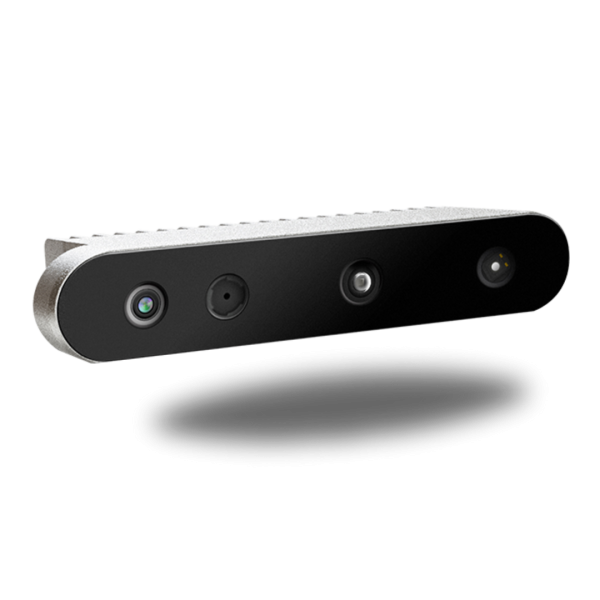



Key Specifications:
- Product Size: 89.8 x 19.0 x 25.0 mm
- Power Dissipation: <2 W
- Operating Distance: 0.2 to 4 meters
- Working Temperature: -10 to 50°C
- Humidity: 0 to 90% RH
- Resolution: Depth image at 640×480 pixels, RGB image at 1920×1080 pixels
- Field of View (FOV): 73.8° (horizontal) for depth image, 80.9° (horizontal) for RGB image
- USB Interface: Type C, USB 2.0 standard
Technical Specifications
| Model | YDLidar HP60C Depth Camera | |
|---|---|---|
| Essential parameter | Product size | 89.8*19.0*25.0 |
| Power dissipation | < 2 | |
| Joggle | Type C USB 2.0 | |
| Operating distance | 0.2~4 (within 2m) | |
| Working temperature | -10~50 | |
| Storage temperature | -30~80 | |
| Working humidity | 0~90 | |
| Power supply mode | USB | |
| Vbus | 4.75~5.25 | |
| Deep precision | Plane accuracy | <2@1m |
| Filling rate (middle 81% area) | > 99.5%@1m | |
| Deep image | Resolution / frame rate | 640×480@20fps(Max) |
| Fov | 73.8×58.8×86.4 (H*V*D) | |
| Transfer image format | RAW16 | |
| RGB picture | Resolution / Frame rate | 1920×1080@20fps (Max) Recommended: 640×360@20fps, 640×480@20fps |
| Fov | 80.9×51.7×88.9 (H*V*D) | |
| Transfer image format | RGB888 | |
| After depth map and RGB map alignment, depth map FOV | RGB resolution 640*360 condition | 73.8×51.7 (H*V) |
| RGB resolution at the 640*480 condition | 64.4×51.7 (H*V) |
Advanced Features and Applications
The YDLIDAR HP60C is packed with features that make it versatile and adaptable to various environments and applications:
High Ranging Accuracy:
- The 60cm wide baseline design and professional deep computing chip ensure industry-leading accuracy, enhancing performance in small object detection and narrow channel obstacle avoidance.
Strong Perception Capabilities:
- The optimized algorithm significantly improves the perception of black objects, highly reflective objects, and semi-transparent objects.
Depth and RGB Image Fusion:
- The seamless fusion of depth and RGB images meets intelligent detection requirements across multiple scenes, ensuring high precision and detail.
Multiple Camera Functionality:
- Capable of operating multiple cameras simultaneously, the HP60C supports depth image output at various resolutions and frame rates, ensuring minimal bandwidth usage.
High Environmental Adaptability:
- With a working temperature range of -10 to 50°C and 940nm wavelength, the HP60C performs reliably under various lighting conditions and is resistant to environmental light and dust interference.
Compact and Flexible Design:
- The compact size and USB 2.0 standard output interface allow easy integration into various systems, providing flexibility for system integrators.
Practical Applications
The YDLIDAR HP60C is ideal for a wide range of applications, including:
Robot Navigation and Obstacle Avoidance:
- The high ranging accuracy and strong perception capabilities make the HP60C perfect for autonomous robots, ensuring precise navigation and effective obstacle avoidance.
Depth Information Modeling:
- The structured light 3D imaging technology provides accurate depth information, crucial for creating detailed 3D models in various industrial and research applications.
Gesture Control and Human Body Scanning:
- The HP60C’s ability to capture intricate details makes it suitable for gesture control systems and detailed human body scanning, enhancing interactive experiences and medical applications.
Motion Capture and Video Surveillance:
- The high-resolution depth and RGB images enable precise motion capture and enhanced video surveillance, providing valuable data for security and entertainment industries.
Object Recognition and Texture Mapping:
- The built-in HD RGB camera supports texture mapping and object recognition, essential for applications in augmented reality (AR), virtual reality (VR), and other visual computing fields.
Integration and Handling Recommendations
To maximize the YDLIDAR HP60C’s performance, follow these recommendations:
Heat Dissipation:
- Ensure adequate space around the device and connect it to a metal bracket to reduce ambient temperature.
Optical Requirements:
- Avoid covering the optical components with unapproved materials. Use high-transmittance glass or PC/PMMA with proper coating to prevent interference.
Power Supply and Consumption:
- Use a power supply capable of providing 5V/1.5A or higher to ensure reliable operation. For long-term performance, a design supporting up to 5V/2.5A is recommended.
ESD Handling:
- As an ESD-sensitive device, handle the HP60C with care to avoid electrostatic discharge during production, transportation, and installation.
Conclusion
The YDLIDAR HP60C is a versatile and powerful tool for various advanced imaging applications. Its high accuracy, robust perception capabilities, and seamless integration options make it a valuable asset for industries ranging from robotics to video surveillance. By following the recommended handling and integration guidelines, users can harness the full potential of the YDLIDAR HP60C, driving innovation and enhancing performance in their respective fields.
For more detailed specifications and to purchase the YDLIDAR HP60C, visit Tanna TechBiz.
By incorporating the YDLIDAR HP60C into your projects, you are embracing a future of precise and reliable depth imaging technology.

